Regular trips to the groomer can add up in both time and expense, but with a little know-how, you can keep your furry friend looking fabulous right at home. From mastering the art of the at-home trim to turning bath time into a bonding experience, these 13 grooming hacks will help you skip the salon without sacrificing style.
1. Create DIY Pet Shampoo

Store-bought pet shampoos can be pricey, and sometimes they contain chemicals you’d rather avoid. Making a simple, natural pet shampoo at home allows you to control what goes onto your pet’s skin. Combine equal parts apple cider vinegar and water, adding a few drops of pet-safe essential oils like lavender for scent. This mixture will cleanse and deodorize without stripping your pet’s skin of its natural oils.
Before applying any homemade solution, test it on a small area to ensure there’s no irritation. Apply the shampoo during bath time, massaging it into the fur before rinsing thoroughly. Make sure the water is lukewarm to prevent discomfort and keep bath sessions short to avoid stressing your pet. Afterward, dry them off with a towel or a pet-friendly dryer on a low setting.
2. Implement a Regular Brushing Routine

Establishing a regular brushing routine can save you from frequent visits to the groomer by preventing tangles and mats. Choose a brush suited to your pet’s coat type—slicker brushes for long-haired breeds and bristle brushes for short-haired pets. Invest time in brushing a few times a week, ensuring you reach all the way down to the skin to remove loose hair and debris. Not only will this keep your pet’s coat shiny and healthy, but it also reduces shedding around the house.
According to the American Kennel Club, consistent brushing can also enhance your pet’s circulation and stimulate natural oil production, promoting a healthier coat. This simple practice becomes a bonding activity, turning it into a moment of calm and connection. It’s essential to be gentle and patient, allowing your pet to relax and enjoy the process. Before long, you might find they even look forward to their grooming sessions.
3. Give Them a Salon-Worthy Manicure

Keeping your pet’s nails trimmed is crucial for their comfort and your floors. Long nails can cause discomfort or injury, making regular trims a necessity. Use a pet nail clipper or grinder, which are widely recommended by PetMD, to carefully snip off small sections at a time. A good rule of thumb is to trim nails when you can hear them clicking on the floor.
Start by gently holding their paw and pressing slightly to extend the nail. This procedure needs patience and positive reinforcement; consider rewarding your pet with treats to create a positive association. If you’re nervous about cutting too far, consult your vet or watch tutorial videos online. Remember, keeping your pet calm is as important as the trim itself.
4. Invest in Deshedding Tool
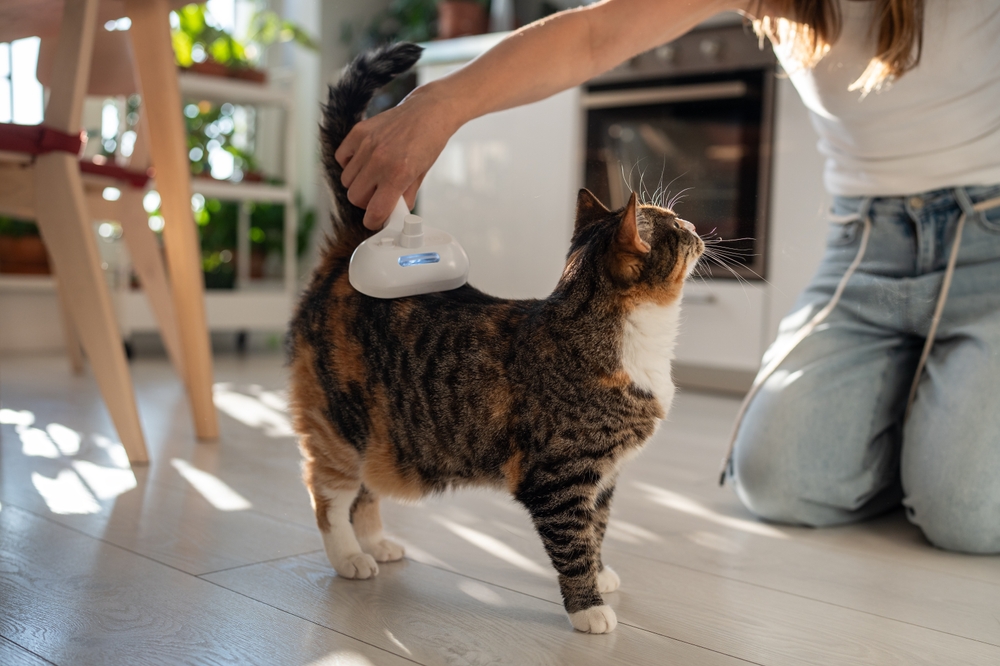
Deshedding tools can be a game-changer, especially for breeds that shed heavily. Unlike regular brushes, these tools reach beneath the topcoat to remove loose hair without damaging the skin or coat. Use the deshedding tool once a week, or more frequently during shedding seasons, to minimize hair around the house. This practice not only reduces shedding but can also help prevent hairballs in cats.
When using a deshedding tool, be sure to follow the natural direction of the hair growth. Go over each section multiple times gently to ensure thorough coverage. Keep sessions short to maintain your pet’s comfort, and always finish with a gentle brush to smooth the coat. Soon enough, your house will be noticeably fur-free, and your pet’s coat will look healthier and more vibrant.
5. Learn the Basics of Ear Cleaning
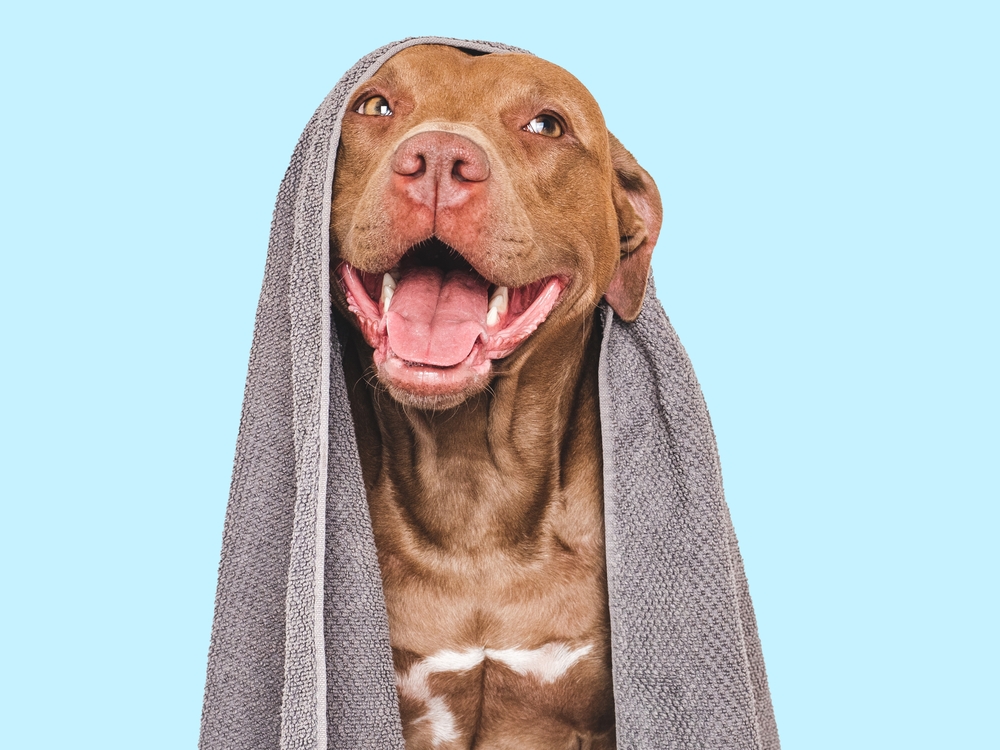
Cleaning your pet’s ears is essential for preventing infections and maintaining overall ear health. Use a vet-approved ear cleaning solution, applying a few drops into the ear canal and gently massaging the base of the ear. Wipe away any debris with a cotton ball or soft cloth, being careful not to insert anything deep into the ear canal. This routine can be done every couple of weeks or as recommended by your vet.
According to a study published in the *Journal of Veterinary Science*, regularly cleaned ears are less prone to infections and discomfort. While some pets may be hesitant at first, a gentle approach and a few treats can make the experience more pleasant. If your pet shows signs of discomfort or irritation, consult your vet immediately. Proper ear care is crucial and can save you from future health issues and costly treatments.
6. Make a Homemade Detangling Spray
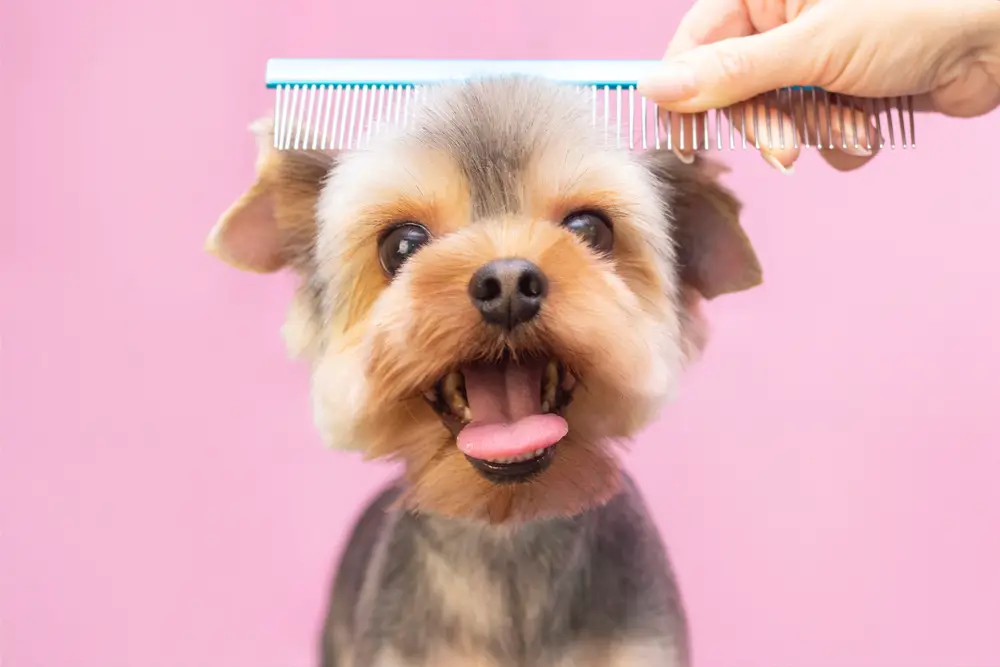
If your pet’s fur tends to tangle, creating a detangling spray can make grooming easier. Mix a cup of water, a tablespoon of conditioner, and a teaspoon of coconut oil in a spray bottle. Shake well and lightly mist onto your pet’s coat before brushing. This concoction helps the brush glide through the fur, removing knots without causing pain.
Ensure that the detangling spray is properly diluted to avoid leaving a greasy residue. Focus on problem areas like behind the ears and under the legs. Regular use can make brushing sessions quicker and more comfortable for both you and your pet. With consistent care, your pet’s coat will become more resistant to tangling over time.
7. Clean Their Teeth at Home
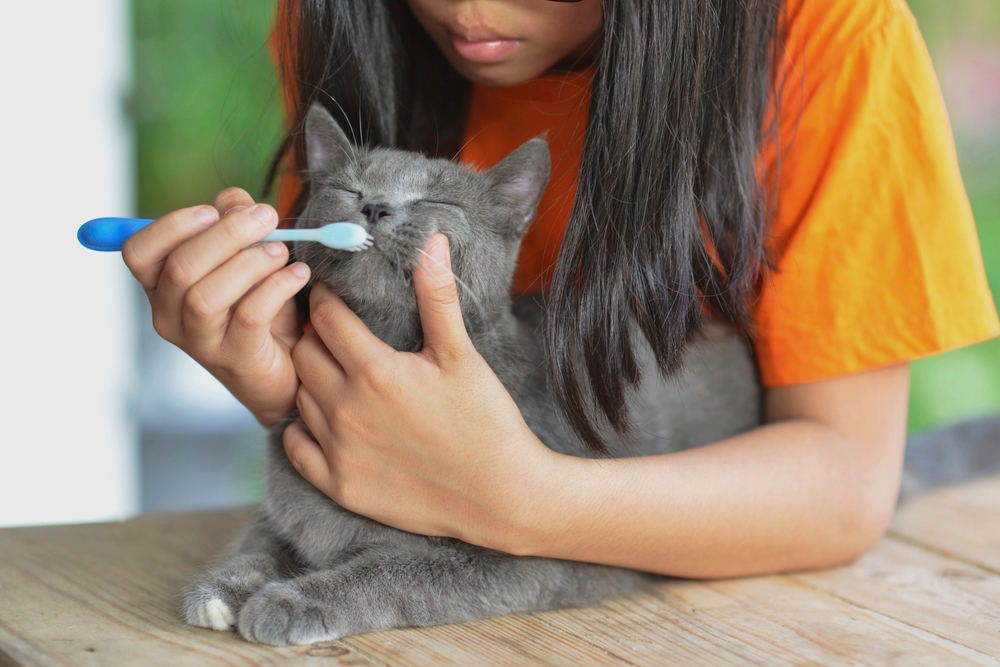
Good dental hygiene is as important for pets as it is for people. Regular brushing can prevent plaque build-up and reduce the risk of dental diseases. Use a pet-specific toothbrush and toothpaste—human toothpaste is not safe for pets, warns the American Veterinary Dental Society. Introduce your pet to the toothbrush slowly, allowing them to sniff and get used to it before starting.
Begin by lifting your pet’s lips and gently brushing in small circles, focusing on the gum line. Reinforce the experience with positive praise and rewards to make it enjoyable. Aim for a few sessions a week to keep your pet’s teeth in top shape. Over time, your pet will become more comfortable with the process, and you’ll notice a healthier smile.
8. Care for Their Paws Too

Your pet’s paws go through a lot, so regular maintenance is a must. Inspect for any cuts or foreign objects that might be lodged between the pads. Use a damp cloth to wipe their paws clean after walks, especially during winter when de-icing chemicals are prevalent. Keep the pads moisturized with a pet-safe balm to prevent cracking.
Paw care extends to the nails, so don’t forget about regular trims. Check for any unusual odors that might indicate infection, and seek veterinary advice if necessary. Making paw checks a part of your routine will not only keep your pet comfortable but also avoid unexpected vet visits. With a little attention and care, your pet’s paws will remain healthy and strong.
9. Use Dry Shampoo for a Quick Refresh
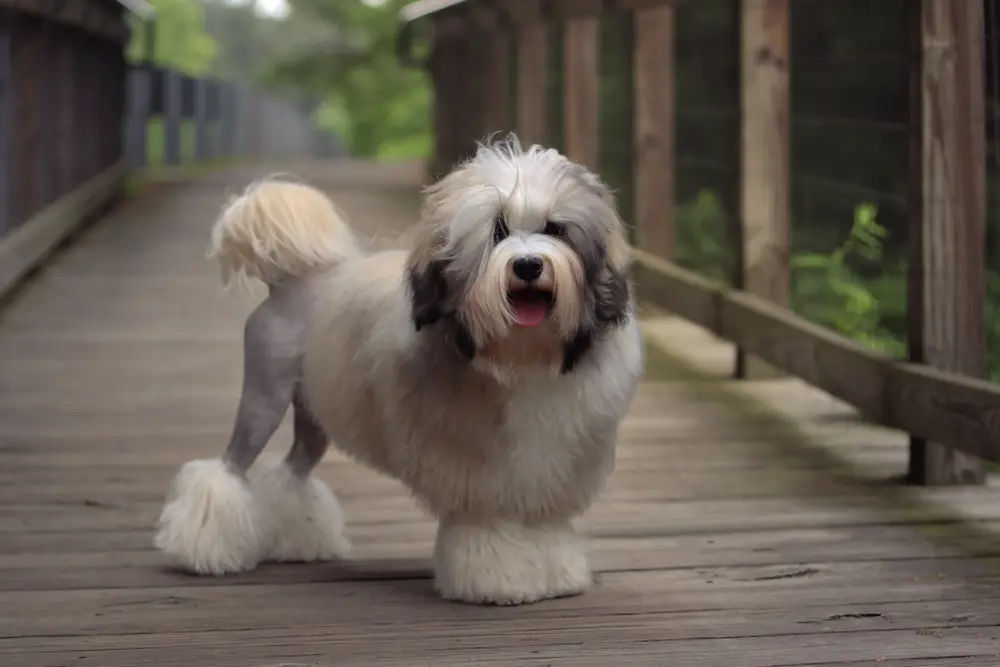
On days when a full bath isn’t feasible, dry shampoo can be a lifesaver. Choose a pet-specific dry shampoo, or make your own with cornstarch and baking soda for a natural alternative. Sprinkle the mixture onto your pet’s coat, massage it in, and brush thoroughly to remove it. This quick fix will absorb excess oils and leave your pet smelling fresh.
Dry shampoo is especially useful in the colder months when frequent baths might not be ideal. Always ensure you’ve brushed out all the product to prevent residue from irritating your pet’s skin. Use it sparingly to avoid drying out the coat. It’s a convenient option that keeps your pet looking and smelling good between baths.
10. Tackle Tear Stains
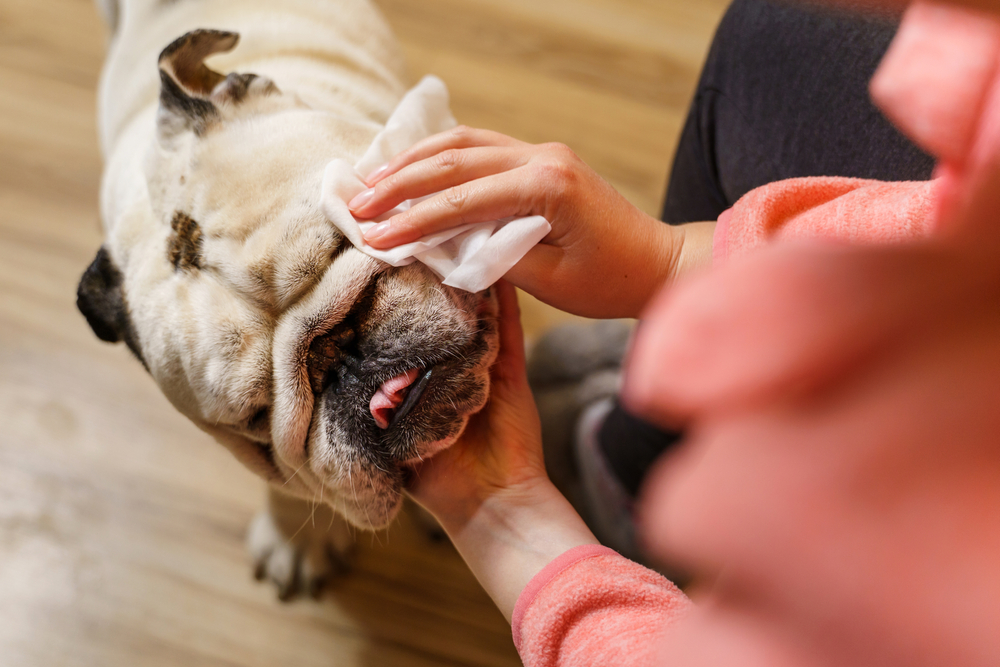
Tear stains, particularly on light-colored pets, can be a persistent issue. A mixture of hydrogen peroxide and cornstarch can help lighten stains naturally. Carefully apply with a cotton ball, avoiding the eyes, and rinse thoroughly. Regular cleaning can prevent tear stains from becoming a larger problem over time.
Keeping the area around the eyes clean and dry is essential. Use a damp cloth to wipe the area daily, and trim any excess hair that might irritate the eyes. If tear stains persist, there could be an underlying health issue, so consulting your vet would be wise. By staying on top of this small detail, your pet’s beautiful face will remain clear and bright.
11. Manage Shedding Through Diet
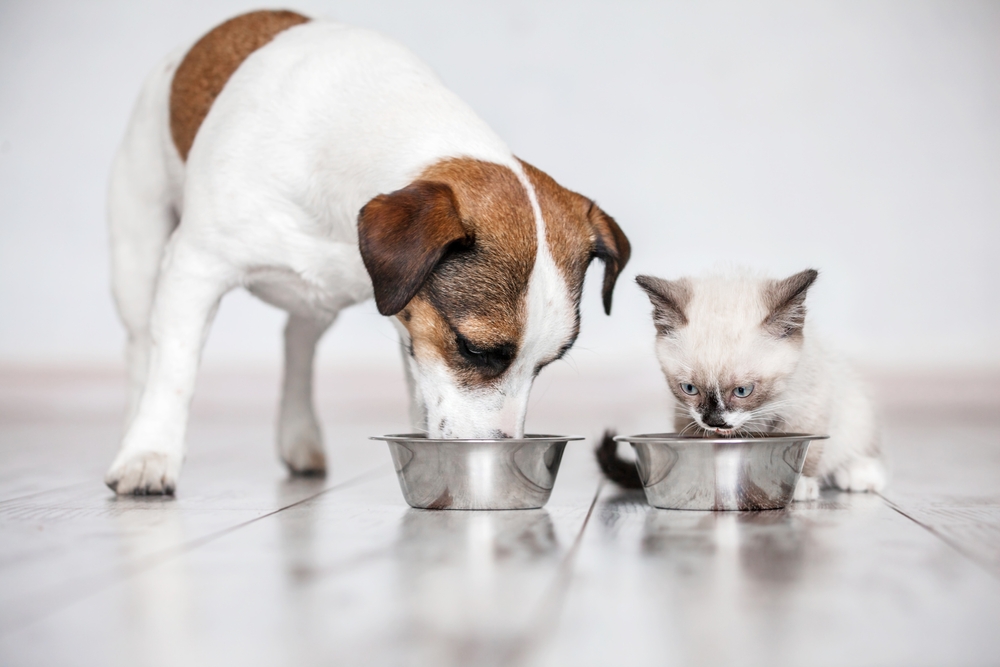
While grooming tools help, a healthy coat starts from within. Feeding your pet a balanced diet rich in omega-3 and omega-6 fatty acids can significantly reduce shedding. Look for high-quality pet foods or supplements that include fish oil or flaxseed oil. A shiny, healthy coat reflects overall well-being and reduces excess hair loss.
Keep in mind that dietary changes might take a few weeks to show results, so patience is key. Consistency in feeding and grooming will complement each other, leading to noticeable improvements in your pet’s coat. Always discuss dietary adjustments with your vet to ensure you’re meeting your pet’s specific needs. Over time, you’ll find that a little tweak in diet can lead to a big difference in coat health.
12. Keep Your Grooming Tools Clean

Regularly cleaning your grooming tools is essential for maintaining their effectiveness and ensuring your pet’s health. After each use, remove hair and debris, and wash tools with warm soapy water. Disinfect with a pet-safe solution to kill any lingering bacteria. Properly dry and store them to prevent rust and damage.
Clean tools ensure that grooming sessions are more effective and pleasant. They also reduce the risk of skin irritation and infection for your pet. Schedule regular cleanings as part of your grooming routine to prolong the life of your tools. Taking a few extra minutes to care for your equipment makes all the difference in the long run.
13. Create a Calming Grooming Environment

A relaxed environment makes grooming easier and more enjoyable for both you and your pet. Choose a quiet space free from distractions, playing soft music if it helps soothe your pet. Have all your tools organized and within reach to minimize interruptions. Be patient and use a calm, reassuring voice throughout.
Grooming can be stressful for pets, so turning it into a positive experience is crucial. Reward good behavior with treats and praise, associating grooming with a positive outcome. Over time, your pet will become more accustomed to the routine, reducing anxiety. The more relaxed your pet is, the smoother the grooming process will be.
